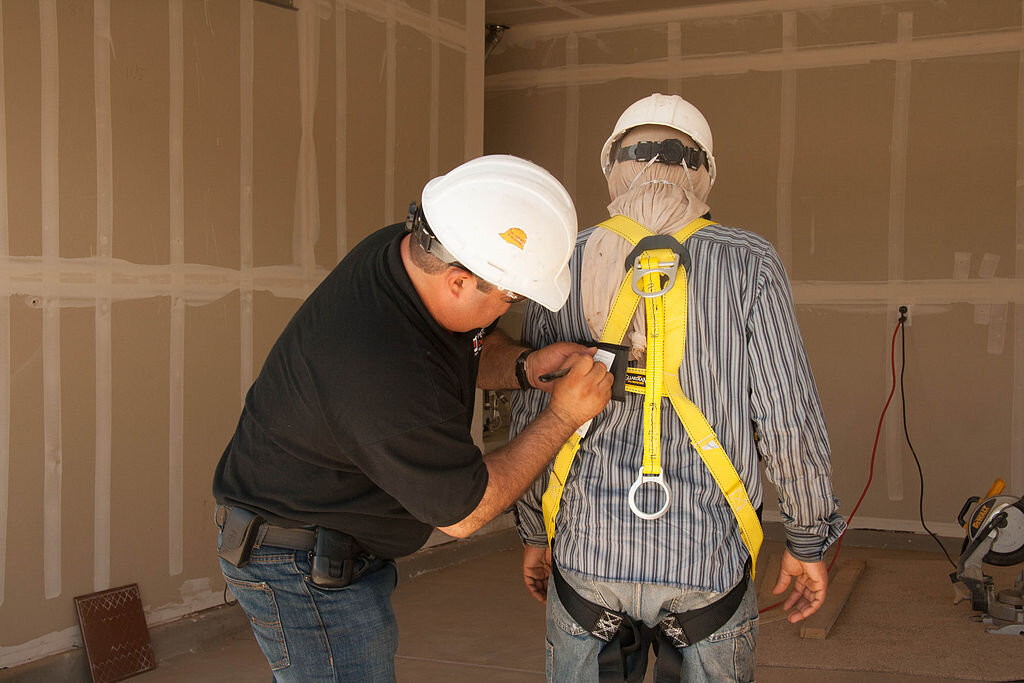Harness Inspection
Date Posted: 04/21/2020
Safety harnesses are a crucial part of equipment. Harnesses keep workers safe from fall related injuries, which are the number one cause of jobsite accidents. Keeping your equipment inspected and in working order is the single most important factor for safety. Here are some tips which will help.
Inspecting Your Harness
You must inspect all components (including hardware, lanyards, and positioning harnesses or full body harnesses depending on which system is used) of personal fall arrest systems, personal fall restraint systems and positioning device systems prior to each use according to manufacturer's specifications for mildew, wear, damage, and other deterioration. You must remove defective components from service if their function or strength has been adversely affected. (WAC inspection criteria)
Webbing: Look for:
Cuts, nicks and tears
Broken fibers or cracks
Overall deterioration
Fraying and abrasions
Hard or shiny spots
Stitching: Look for:
Pulled stitches
Missing stitching
Cut stitches
Discoloration of stitches
Hardware: Look for:
Distortion (twists, bends)
Rough or sharp edges
Rust or corrosion
Broken/distorted grommets
Modifications by users
Cleaning and Storage
Wipe off all surface dirt with a sponge dampened in plain water. Squeeze the sponge dry. Dip the sponge in a mild solution of water and mild detergent. Work up a thick lather, with a vigorous back and forth motion. Then wipe dry with a clean cloth.
Hang freely to dry, away from excessive heat, steam or sunlight.
Storage areas should be clean, dry and free of exposure to fumes, heat, direct ultra-violet light, sunlight and corrosive elements.
Questions for Discussion:
What are some things you do to keep your harness safe and in working order?
Do you routinely inspect your harness before using?
Do you use a checklist when inspecting your harness?
Have you ever identified a potential hazard in your harness during inspection?
Presenter tips:
Pre-read the Toolbox Talk. Your comfort level and confidence will be higher if you know your topic.
Discuss related tasks, work areas or events that make the Toolbox Talk relevant to your jobsite.
Involve workers by asking questions and getting their input to help drive discussions.
Review the safety checklist with the workers and make hard copies available.


